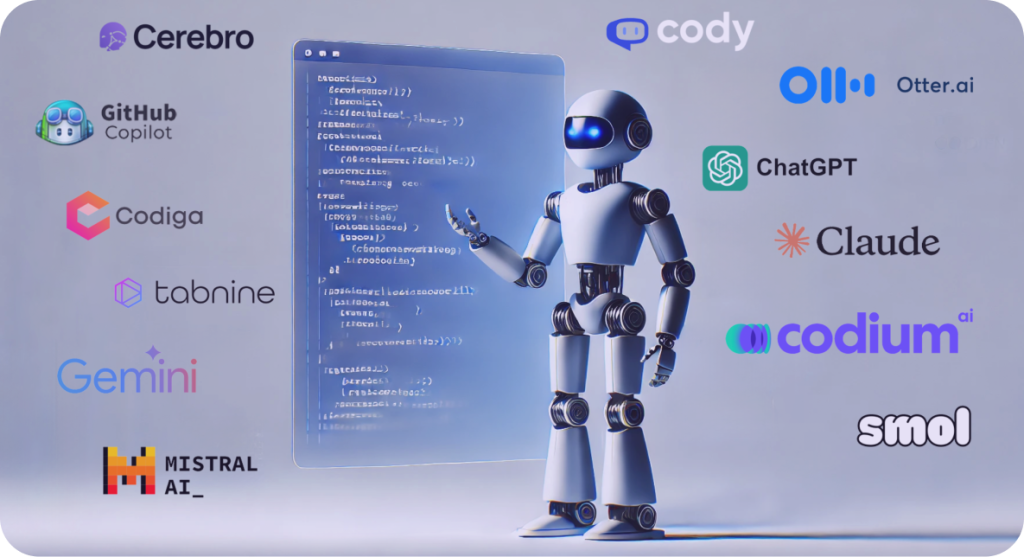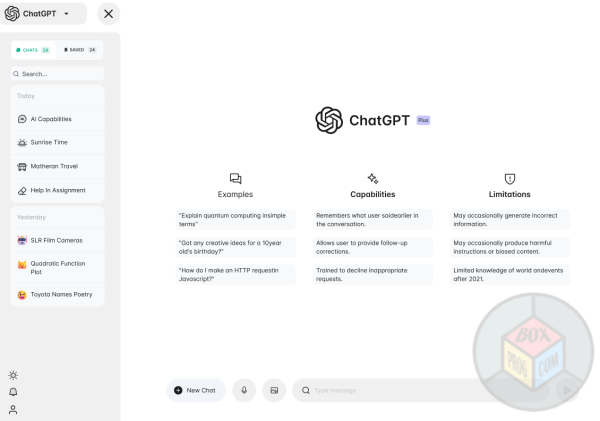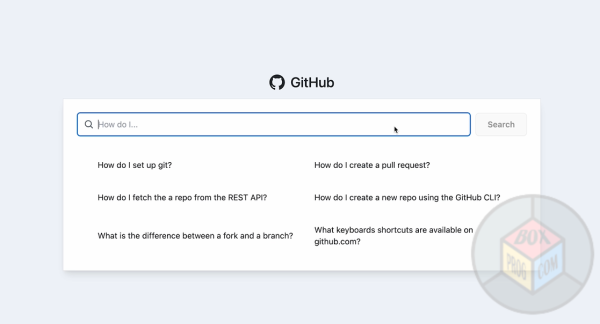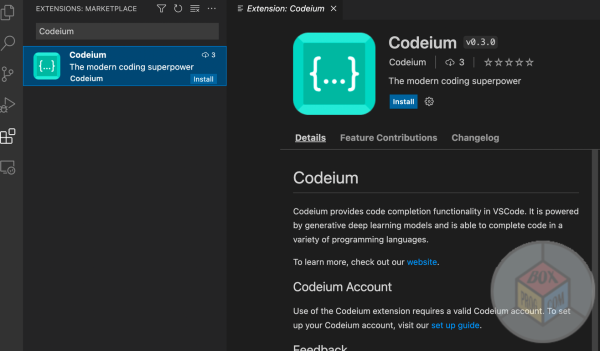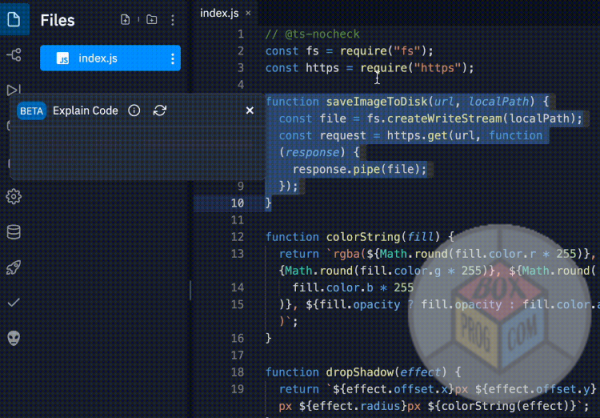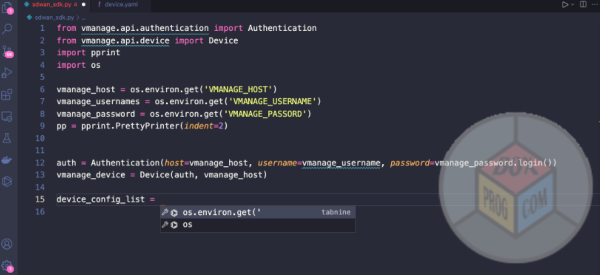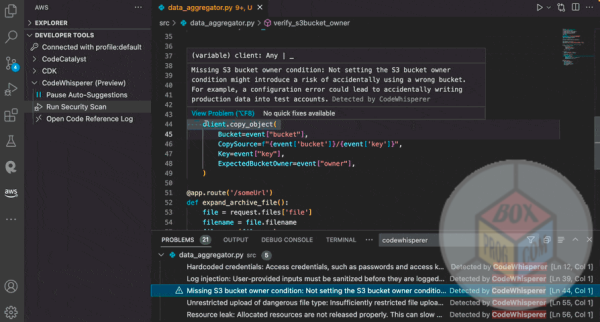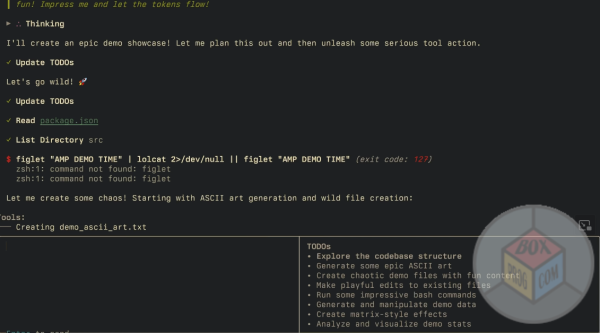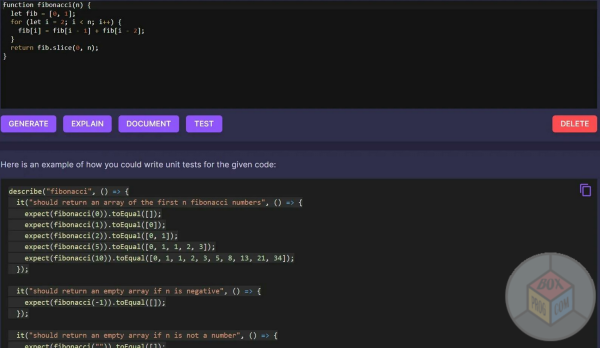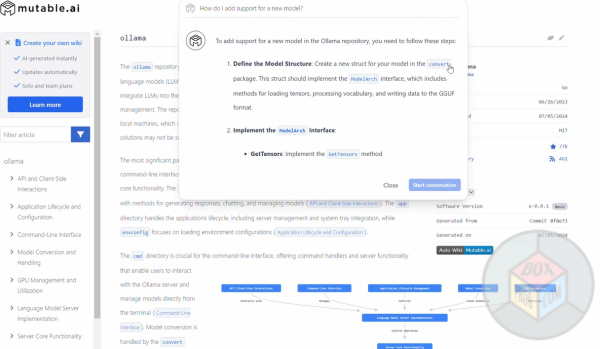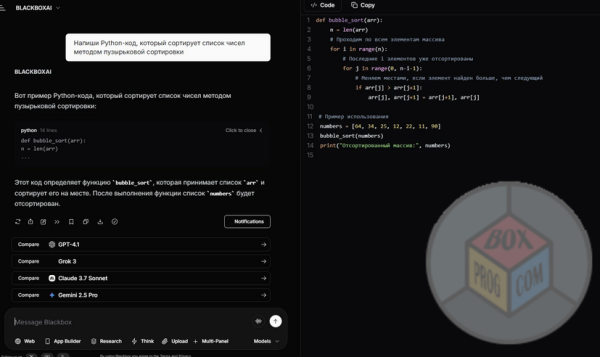In 2025, artificial intelligence is no longer an experimental feature for developers — it is an integral part of modern software creation.AI tools assist engineers with code generation, debugging, testing, and project automation. They help accelerate development cycles and improve code reliability while reducing repetitive manual work.
The following ten AI tools have become essential to modern development teams. Each offers unique capabilities to enhance productivity, security, and collaboration.
| AI Tool | Best For | Key Features | Deployment | Languages Supported | Ideal User |
|---|---|---|---|---|---|
| ChatGPT (OpenAI) | General coding, documentation, debugging | Natural-language prompts, multi-language support, API integration | Cloud / API | 20+ | Developers, startups, educators |
| GitHub Copilot X | Pair programming, test automation | Context-aware suggestions, voice commands, chat interface | Cloud / GitHub IDE | 30+ | Teams using GitHub workflows |
| Codeium | Secure enterprise development | Autocomplete, chat refactoring, on-premise deployment | Cloud / Self-hosted | 70+ | Enterprise & regulated sectors |
| Replit Ghostwriter | Web development & education | In-browser AI, live collaboration, debugging | Cloud / Web IDE | 10+ | Students, startups, educators |
| Tabnine | Private, compliant development | Local AI models, custom training, full IDE support | Local / Cloud | 40+ | Enterprises with strict data policies |
| Amazon CodeWhisperer | Cloud & AWS app development | AWS SDK integration, security scanning, IaC templates | Cloud (AWS) | 20+ | AWS developers & cloud architects |
| Sourcegraph Cody | Code search & analysis | Natural-language search, context-aware insights | Cloud / Enterprise | 30+ | Large teams with legacy codebases |
| AskCodi | Learning & multi-language coding | Code explanations, translation, notebook integration | Cloud | 15+ | Beginners & cross-language developers |
| Mutable AI | Code refactoring & modernization | Pseudocode conversion, async migration, structure optimization | Cloud | 25+ | Teams upgrading legacy systems |
| Blackbox AI | Code snippet search & reuse | Real-time snippet discovery, semantic search | Cloud / Browser | 100+ | Developers seeking open-source patterns |
ChatGPT (OpenAI)
Overview:
ChatGPT has evolved into a multi-purpose AI assistant that integrates seamlessly with development workflows. Built on the GPT-5 architecture, it can generate, refactor, and explain code across various programming languages. Developers use it for building APIs, documenting logic, and even simulating user flows.
Key Features:
-
Generates functional code from natural language prompts.
-
Supports over 20 programming languages.
-
Integrates with IDEs such as VS Code and JetBrains.
-
Provides instant explanations for complex algorithms.
Use Cases:
-
Accelerating feature development through code scaffolding.
-
Writing and maintaining up-to-date documentation.
-
Debugging and identifying logical inconsistencies in code.
Considerations:
Although ChatGPT can significantly reduce workload, developers should review its outputs for security, performance, and consistency before production deployment.
GitHub Copilot X
Overview:
GitHub Copilot X extends the capabilities of the original Copilot through contextual understanding and conversational interaction within IDEs. It now supports chat-based code suggestions, test generation, and voice commands.
Key Features:
-
Predictive code completion based on project context.
-
Automatic test case creation and code review suggestions.
-
Natural language queries for faster navigation within large repositories.
Use Cases:
-
Pair programming and feature prototyping.
-
Test generation and continuous integration assistance.
-
Improving development speed for repetitive coding patterns.
Considerations:
Copilot X performs best within the GitHub ecosystem, particularly when used with pull-request workflows and collaborative development environments.
Codeium
Overview:
Codeium is a privacy-focused AI code assistant offering real-time suggestions and cross-language support. It enables developers to deploy models locally or via private cloud environments to ensure data protection.
Key Features:
-
Fast, context-aware autocomplete and refactoring suggestions.
-
Works across 70+ programming languages.
-
Customizable and deployable on-premise for enterprise teams.
Use Cases:
-
Organizations requiring compliance with data-handling regulations.
-
Teams building applications in multiple languages or frameworks.
-
Developers who need a lightweight, secure AI companion inside their IDE.
Considerations:
Performance depends on the quality of the local model configuration, and some customization may be necessary for optimal results.
Replit Ghostwriter
Overview:
Replit Ghostwriter focuses on cloud-based development, helping users write and test code directly in the browser. It’s particularly suited for startups, educators, and web developers working on prototypes or smaller applications.
Key Features:
-
In-browser AI assistant for generating and debugging code.
-
Real-time collaboration for team projects.
-
Automatic environment configuration for web applications.
Use Cases:
-
Building and testing small applications or MVPs.
-
Learning environments where students can receive AI feedback.
-
Quick experimentation with new frameworks and libraries.
Considerations:
While powerful for fast prototyping, Ghostwriter is not designed for enterprise-scale deployment or complex infrastructure management.
Tabnine
Overview:
Tabnine specializes in privacy-first AI coding. It offers both cloud-based and local deployment options, allowing enterprises to control how data and code are processed.
Key Features:
-
On-premise installation for maximum data security.
-
Team training to match internal coding standards.
-
Context-aware autocomplete compatible with most IDEs.
Use Cases:
-
Enterprise teams working with sensitive or proprietary data.
-
Developers requiring AI support in air-gapped environments.
-
Maintaining consistent code style across distributed teams.
Considerations:
Local deployment ensures security but requires additional infrastructure and maintenance resources.
Amazon CodeWhisperer
Overview:
Amazon CodeWhisperer is designed for developers working within the AWS ecosystem. It provides intelligent suggestions and automation for writing, testing, and deploying cloud applications.
Key Features:
-
Generates code tailored to AWS services and SDKs.
-
Automatically detects and flags potential security issues.
-
Integrates seamlessly with AWS Lambda, CloudFormation, and API Gateway.
Use Cases:
-
Accelerating cloud application development.
-
Automating the creation of infrastructure-as-code templates.
-
Enhancing security reviews during the development cycle.
Considerations:
Its advantages are maximized when used within AWS environments. Teams operating in multi-cloud or hybrid infrastructures may prefer more platform-agnostic tools.
Sourcegraph Cody
Overview:
Cody from Sourcegraph is designed for code search, understanding, and repository exploration at scale. It enables developers to query massive codebases in natural language and instantly navigate to relevant results.
Key Features:
-
Searches across millions of lines of code instantly.
-
Explains functions, dependencies, and module interactions.
-
Offers context-aware insights for large monorepos.
Use Cases:
-
Onboarding new developers to large codebases.
-
Refactoring legacy systems with complex dependencies.
-
Identifying redundant or duplicate functions across repositories.
Considerations:
Cody’s full potential is realized in organizations with extensive and interconnected repositories that require deep code visibility.
AskCodi
Overview:
AskCodi is an interactive AI assistant that supports multiple programming languages. It focuses on explanation, learning, and code translation between technologies.
Key Features:
-
Provides explanations for unfamiliar code segments.
-
Offers instant translations between programming languages.
-
Integrates with IDEs, notebooks, and command-line tools.
Use Cases:
-
Developers learning new frameworks or technologies.
-
Multi-language projects requiring consistent structure.
-
Teams needing quick clarification of syntax or logic.
Considerations:
AskCodi is an excellent companion for both beginners and professionals, but its suggestions should be verified before inclusion in production systems.
Mutable AI
Overview:
Mutable AI focuses on advanced refactoring and intelligent code transformation. It assists in rewriting legacy code, improving readability, and converting pseudocode into deployable components.
Key Features:
-
Transforms pseudocode and comments into executable logic.
-
Suggests structural improvements and modernization patterns.
-
Identifies inefficiencies in older codebases.
Use Cases:
-
Enterprises upgrading outdated systems.
-
Developers migrating from older frameworks to modern architectures.
-
Teams optimizing existing modules for scalability and maintainability.
Considerations:
While highly efficient for modernization, Mutable AI requires developer validation to ensure compatibility with project architecture.
Blackbox AI
Overview:
Blackbox AI enables developers to search through a vast index of open-source repositories to find relevant code snippets, solutions, and patterns. It supports over 100 programming languages and integrates with most modern IDEs.
Key Features:
-
Real-time code search across open-source databases.
-
Syntax-based and semantic search capabilities.
-
Browser and IDE extensions for fast access.
Use Cases:
-
Rapid prototyping using pre-built logic examples.
-
Discovering alternative solutions for common coding problems.
-
Enhancing learning through real-world code examples.
Considerations:
As with all open-source code, developers should verify license terms and ensure compliance before incorporating any snippets into production systems.
AI Beyond Code: Expanding Developer Workflows
The growing ecosystem of AI software extends beyond pure coding tasks. In 2025, AI systems assist with documentation, project tracking, testing, and productivity.
Developers increasingly rely on tools like automated documentation writers, intelligent project dashboards, and natural-language data query systems.
This expansion reflects a shift from coding as a manual process to a more strategic, AI-supported collaboration.
Security and Ethical Considerations
AI-driven development brings opportunities and risks. Developers must manage:
-
Data privacy: ensuring no sensitive code or credentials are exposed to public models.
-
Code ownership: clarifying rights to AI-generated content.
-
Quality assurance: reviewing all AI output to prevent hidden vulnerabilities or inefficiencies.
-
Ethical use: avoiding plagiarism, bias, and misuse of AI automation.
Responsible adoption ensures AI augments human expertise rather than replacing it.

Conclusion
By 2025, AI has become a core component of software engineering. Developers using AI assistants can build faster, maintain higher code quality, and spend more time on creativity and innovation.
From ChatGPT’s natural-language understanding to CodeWhisperer’s cloud automation and Cody’s deep code intelligence, these tools represent the future of efficient and intelligent development.
The most successful teams will be those that integrate AI effectively — combining automation with human insight to create software that is both powerful and responsible.

